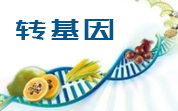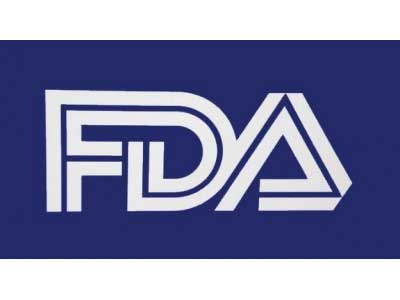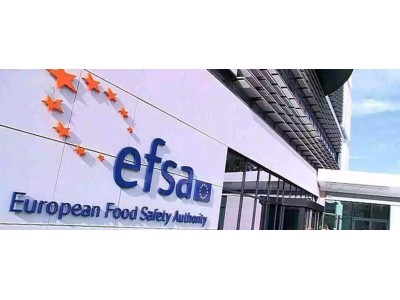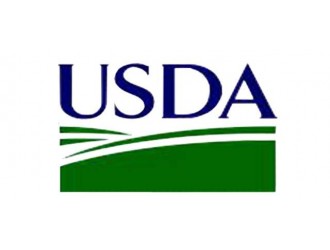сђђсђђу╗ЈУ┐ЄУ»ёС╝░№╝їт░Ју╗ётЙЌтЄ║у╗ЊУ«║№╝їтюеТіЦтЉіуџёућежђћтњїСй┐ућеТ░┤т╣│СИІ№╝їжЦ«жБЪТјЦУДджБЪтЊЂТи╗тіатЅѓТќ░ТЕЎуџ«УІиС║їТ░бТЪЦт░ћжЁ«№╝ѕE 959№╝ЅСИЇС╝џт╝ЋУхит«ЅтЁежЌ«жбўсђѓжЃетѕєтјЪТќЄТіЦжЂЊтдѓСИІ№╝џ
сђђсђђThe present opinion deals with the re-e
valuation of neohesperidine dihydrochalcone (E 959) when used as a food additive. It is obtained by catalytic hydrogenation of a flavanone еC neohesperidine еC which is naturally occurring and thus isolated by alcohol extraction in bitter oranges (Citrus aurantium). ba
sed on in vivo data in rat, neohesperidine dihydrochalcone is likely to be absorbed, also in humans, and to become systemically available. It does not raise a co
ncern regarding genotoxicity. The toxicity data set co
nsisted of studies on subchro
nic and prenatal developmental toxicity. No human studies were available. The data set was co
nsidered sufficient to derive a new acceptable daily intake (ADI). ba
sed on the weight of evidence (WoE) analysis, the Panel co
nsidered unlikely that neohesperidine dihydrochalcone would lead to adverse effects on health in animals in the dose ranges tested. The Panel also co
nsidered that a carcinogenicity study was not warranted and that the lack of human data did not affect the overall co
nfidence in the body of evidence. The Panel derived an ADI of 20 mg/kg bodyweight (bw) per day ba
sed on a no observed adverse effect level (NOAEL) of 4,000 mg/kg bw per day from a 13-week study in rat, applying the standard default factors of 100 for inter- and intraspecies differences and of 2 for extrapolation from subchro
nic to chro
nic exposure. For the refined brand-loyal exposure assessment scenario, co
nsidered to be the most appropriate for the risk assessment, the exposure estimates at the mean ranged from < 0.01 to 0.09 mg/kg bw per day and at the 95th percentile (P95) from 0.01 to 0.24 mg/kg bw per day. Co
nsidering the derived ADI of 20 mg/kg bw per day, the exposure estimates were below the reference value in all age groups. Therefore, the Panel co
ncluded that dietary exposure to the food additive neohesperidine dihydrochalcone (E 959) at the reported uses and use levels would not raise a safety concern.
сђђсђђ
ТюгТќЄућ▒жБЪтЊЂС╝ЎС╝┤уйЉжБЪтЊЂУхёУ«»СИГт┐Ѓу╝ќУЙЉ№╝їСЙЏуйЉтЈІтЈѓУђЃ№╝їТюЅС╗╗СйЋуќЉжЌ«№╝їУ»иУЂћу│╗news@www.sqrdapp.comсђЂЧ/span>











 тю░тї║№╝ЎЧ/font>
тю░тї║№╝ЎЧ/font>

 ТгДуЏЪУ»ёС╝░УйгтЪ║тЏаујЅу▒│MO
ТгДуЏЪУ»ёС╝░УйгтЪ║тЏаујЅу▒│MO
 ТгДуЏЪУ»ёС╝░СИђуДЇж║дУійу│ќТиђ
ТгДуЏЪУ»ёС╝░СИђуДЇж║дУійу│ќТиђ уЙјтЏйТІЪТњцжћђУІЦт╣▓УѓЅу▒╗тЈЅЧ/a>
уЙјтЏйТІЪТњцжћђУІЦт╣▓УѓЅу▒╗тЈЅЧ/a> ж▓ЂтЁгуйЉт«Ѕтц 37060202000128тЈХЧ/a>
ж▓ЂтЁгуйЉт«Ѕтц 37060202000128тЈХЧ/a>



